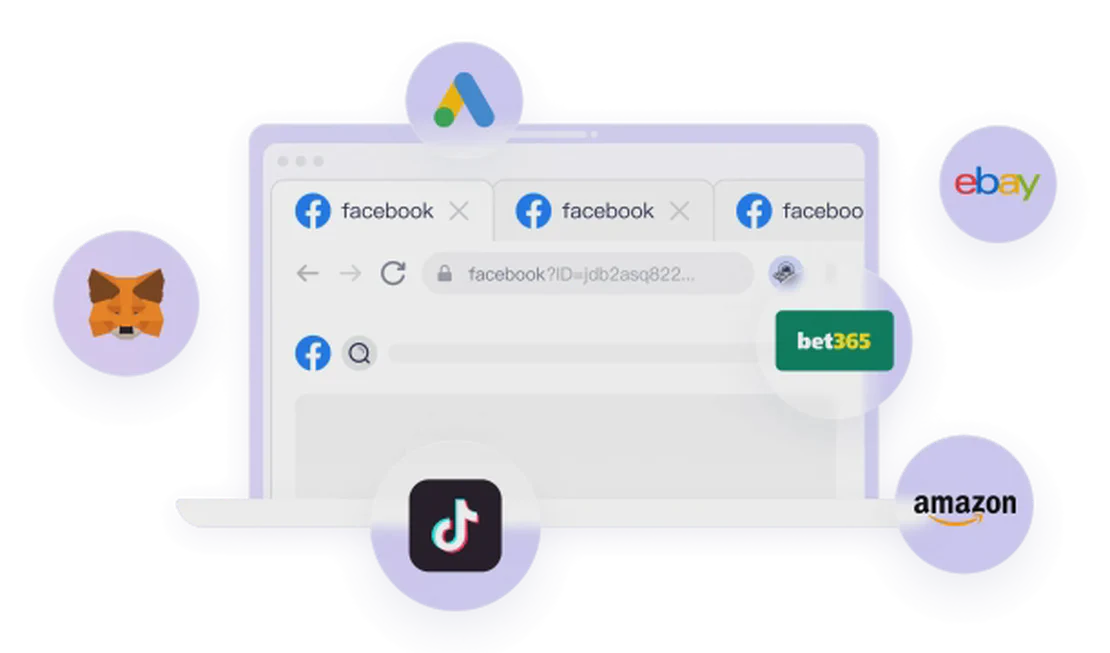CreepJS is an advanced browser fingerprinting tool known for its comprehensive and in-depth detection capabilities. It not only identifies the uniqueness of your browser but also detects if many common privacy-enhancing technologies are trying to “deceive” the website. Below, we’ll explore CreepJS in-depth with a 10-question Q&A.
Q1: What is CreepJS?
A: CreepJS is an open-source online tool designed to demonstrate and test browser fingerprinting techniques. It collects a vast amount of information about your browser and device to compute a unique “Fingerprint ID.” What makes it special is its ability to detect whether a browser is spoofing or hiding its true information, providing a corresponding “Trust Score.”
Q2: What is a browser fingerprint?
A: A browser fingerprint is a technique used to uniquely identify users by collecting various configurations and settings of their browser (such as User-Agent, installed fonts, screen resolution, plugins, WebGL, Canvas, etc.). Websites can track you with this information even without using cookies.
Q3: What key information does CreepJS detect?
A: CreepJS has a very broad detection scope, including but not limited to:
- Hardware-related: WebGL rendering fingerprint, audio processing fingerprint, CPU core count.
- Browser Configuration: Browser fonts, automation tool detection, browser API features.
- Network Information: IP addresses leaked via WebRTC.
- Rendering Characteristics: Canvas fingerprint, DOM element rendering dimensions.
Q4: What does the “Trust Score” at the top of CreepJS represent?
A: The “Trust Score” is a core metric in CreepJS. It assesses how “honest” your browser fingerprint appears. A low score indicates that CreepJS has detected that your browser might be spoofing certain information, such as modifying the User-Agent or disabling certain APIs, which itself becomes a distinguishing feature.
Q5: What is the significance of the information shown in the “Lies” section?
A: This is one of CreepJS’s most powerful features. It explicitly lists all detected “inconsistencies.” For example, your User-Agent claims to be Windows, but your font rendering exhibits macOS characteristics. These “lies” make your browser fingerprint more suspicious and unique, making it easier to identify.
Q6: Why does my font list pose a privacy risk?
A: The combination of fonts installed on each user’s device is often unique. Websites can use JavaScript to detect the list of available fonts in your browser, and this list acts as your “font fingerprint,” serving as a significant parameter for identification.
Q7: Can a browser’s Incognito/Private mode prevent tracking by CreepJS?
A: No. Incognito mode primarily prevents the saving of browsing history, cookies, and form data. However, it does not alter your browser’s underlying fingerprint information (like WebGL, Canvas, fonts, etc.). Therefore, CreepJS can still easily identify your device.
Q8: What are WebGL and Canvas fingerprinting?
A:
- Canvas Fingerprinting: By instructing the browser to draw specific graphics and text on a
<canvas>element, different devices and browsers produce unique image data due to minor differences in hardware, drivers, and font rendering, thus generating a fingerprint. - WebGL Fingerprinting: Similar to Canvas but utilizes the 3D graphics API (WebGL). It can access lower-level information like graphics card model and driver version, producing a more stable and unique fingerprint.
Q9: Who should use CreepJS?
A: Anyone concerned about online privacy, security researchers, and users who need to manage multiple online identities (such as e-commerce operators and social media marketers) should use CreepJS. It helps you understand how easily your current browser environment can be tracked.
Q10: My fingerprint is unique on CreepJS. How can I effectively protect myself?
A: Standard privacy plugins or browser settings are often inadequate against advanced detection tools like CreepJS. They might even result in a lower trust score due to “lying.” To fundamentally solve the problem, you need to use a professional fingerprint browser.
Protect Your Digital Identity with FlashID
When you need to manage multiple accounts while ensuring the independence and security of each environment, relying solely on a browser’s incognito mode is far from sufficient. The detection results from CreepJS clearly show that conventional browsers are almost transparent to advanced tracking technologies.
FlashID is the solution born for this purpose. It is a professional fingerprint browser designed to provide you with ultimate privacy protection and multi-account management capabilities.
Unlike plugins that try to hide information by “lying,” FlashID modifies the browser kernel at a low level to create a real, natural, and isolated browser environment for each profile. This means:
- Authentic Fingerprints: The browser fingerprints generated by FlashID (including WebGL, Canvas, fonts, audio, etc.) match a real device environment and will not be detected as “lies” by tools like CreepJS, thus earning a high trust score.
- Environment Isolation: Each browser profile has independent cookies, local storage, and fingerprint information, as if operating on different physical devices, effectively preventing account correlation.
- Efficient Management: You can easily create, manage, and share hundreds of browser profiles, each with a unique digital identity, making it the ideal tool for e-commerce, social media marketing, and ad verification.
If you want to truly take control of your digital footprint and pass stringent tests like CreepJS, give FlashID a try. It will help you effectively prevent environment detection and secure your online business.
You May Also Like
